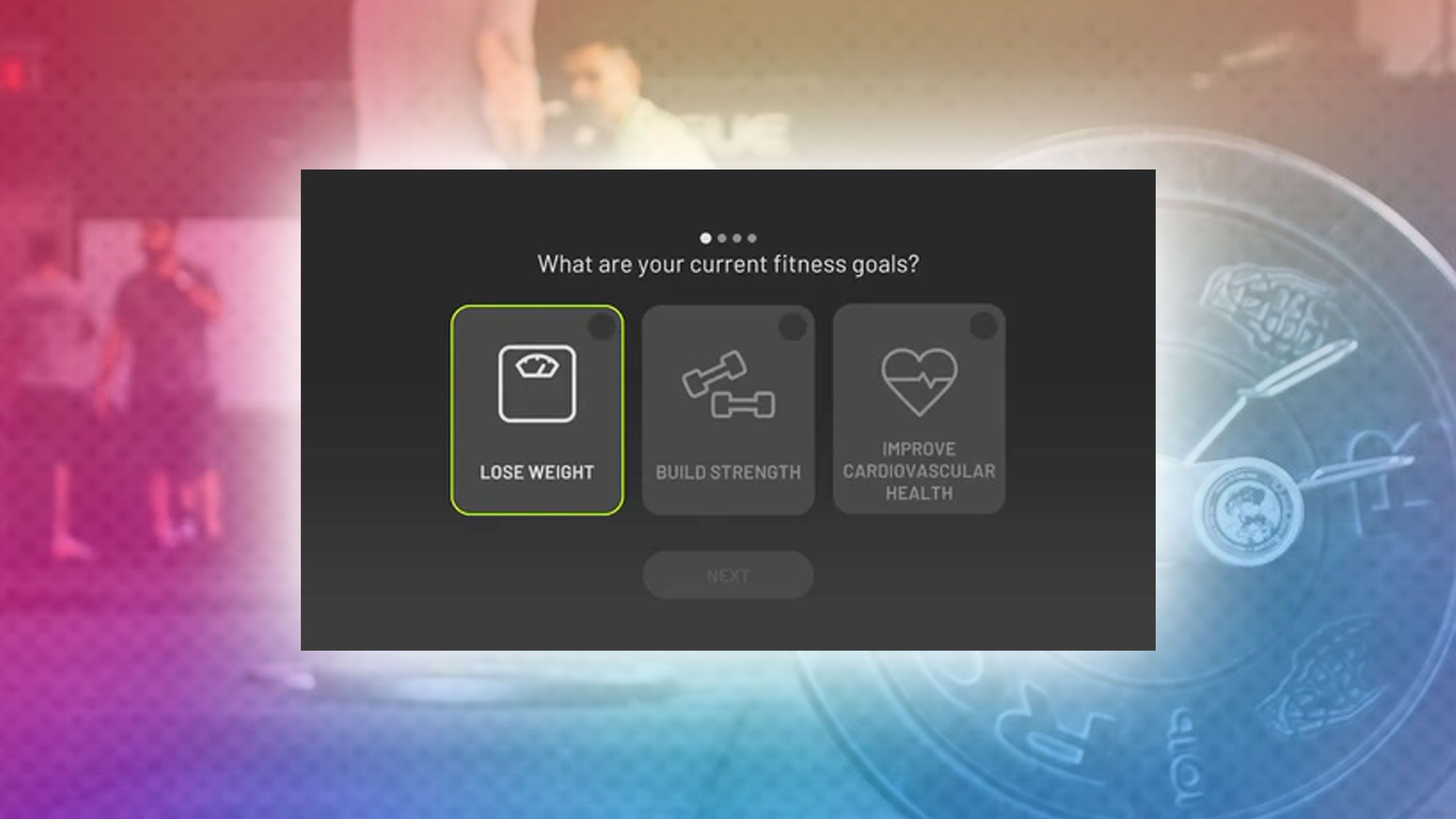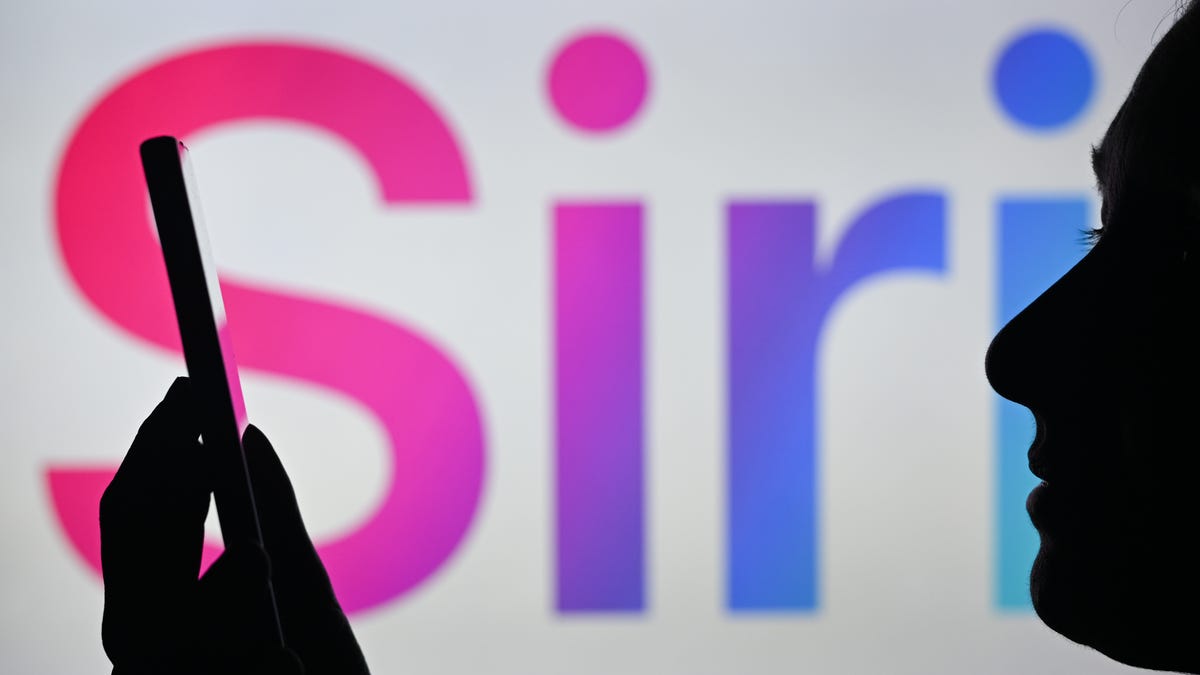World
How ChatGPT Voice Has Made The World More Accessible

How ChatGPT Voice Has Made The World More Accessible
Yesterday, I had the pleasure of joining a few hundred educators in Eindhoven, The Netherlands, to keynote their event celebrating World Teachers’ Day. What made this occasion truly special was the presence of representatives from their student digital champions program. During my talk, I invited an 11-year-old student to join me on stage to demonstrate the new Advanced Voice feature of ChatGPT.
What happened blew my mind.
The student and I decided to have a conversation, him speaking Dutch and me speaking English, with ChatGPT acting as our live translator.
The AI facilitated a seamless dialogue between us. We understood each other perfectly, bridging the language barrier effortlessly. The world is getting smaller and a lot more accessible thanks to AI.
This experience embodies the transformative potential of AI in educational settings. Tools such as ChatGPT’s Advanced Voice mode are poised to enhance the learning experience.
Dan with the Stichting Best Onderwijs student digital champions
What is Advanced Voice Mode?
The new feature in ChatGPT enables users to engage in natural, flowing audio conversations with the AI chatbot. It harnesses GPT-4o’s audio capabilities to facilitate real-time interactions that closely mimic human conversation. It is available to ChatGPT Plus and Team subscribers via the mobile app.
Advanced Voice mode can understand context, respond to emotions and maintain coherent dialogues even when interrupted.
Development and Launch
The journey of Advanced Voice mode has not been without controversy. Its launch was delayed because of concerns over the use of a voice that closely resembled actress Scarlett Johansson’s. The incident sparked a debate about the ethics of AI voice cloning. OpenAI removed the controversial voice and issued an apology.
Although OpenAI have rolled out this new feature, its availability is restricted in certain regions, such as EU countries, due to regulations on AI models that can detect emotions.
Most Impressive Features
- The conversations are natural. The AI engages in human-like dialogue and can understand context and nuance.
- It can handle interruptions and maintain topic continuity, mimicking how a real conversation works.
- The AI can perceive and respond to the user’s emotional state, personalizing interactions.
- It has support for 50 languages, which makes it a powerful tool for language learning and global communication.
- It is very easy to use through the mobile app,, creating possibilities for learning on-the-go.
- The AI remembers past conversations. This allows for more personalized and contextual interactions over time.
To start a conversation with Advanced Voice mode, you simply need to tap the Voice icon in the ChatGPT app. A blue orb appears on the screen during the interaction and you start talking to it. It’s worth noting that there is a daily query limit for subscribers.
15 Ways Advanced Voice Mode Can Support Learning
- An interactive homework assistant for students and parents
- Real-time language practice through conversations
- Personalized tutoring and study partner
- Brainstorming
- Presentation rehearsal
- Accessibility for visually impaired students
- Conversational prompts for creating resources
- Practice recognizing and responding to emotional cues in communication
- Concept explanations
- Verbal test preparation
- Conversational problem-solving
- Pronunciation coach
- Verbal feedback on assignments
- Historical figure role play
- Implications for the Future of Education
The integration of ChatGPT’s Advanced Voice mode into educational settings could lead to a significant leap forward in personalized and accessible learning. OpenAI have now offered it to developers. This will likely pave the way for education based technology companies to start integrating in their own products.
It’s crucial to approach its implementation thoughtfully. Educators and institutions must consider issues of data privacy, the digital divide and the importance of maintaining human connections in the learning process.
Looking Forward
AI-powered tools like ChatGPT’s Advanced Voice mode will play an increasingly important role in education. By embracing these technologies responsibly and creatively, we can create more engaging, accessible and effective learning experiences for students of all ages and backgrounds.
The future of learning is looking to be more conversational, personalized and powered by AI. We’re not just talking about the future of learning; we’re speaking it into existence with tools like ChatGPT’s Advanced Voice mode. As the technology continues to evolve, it will likely reshape how we interact with the digital aspects of our lives. The challenge ahead lies in harnessing this powerful tool to create a more knowledgeable, skilled and connected global society.







